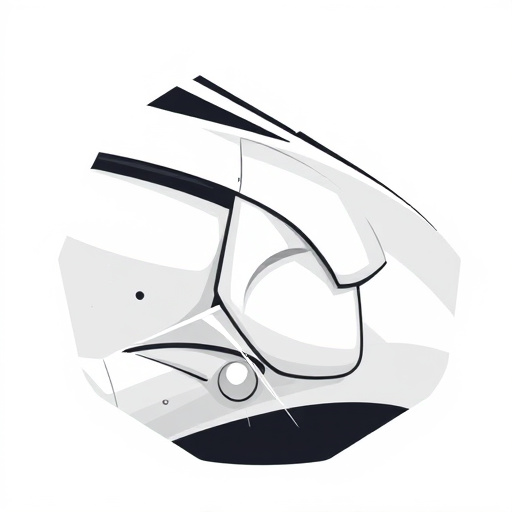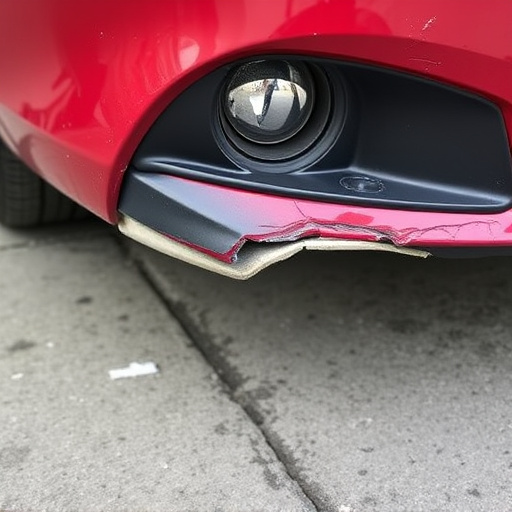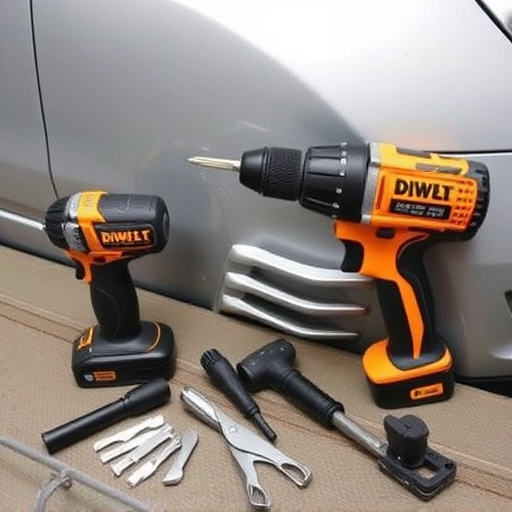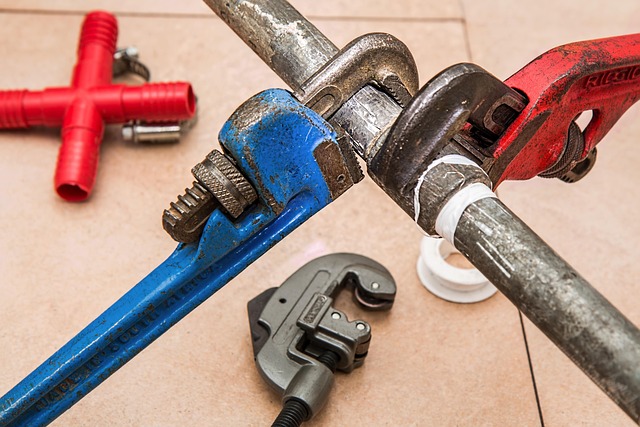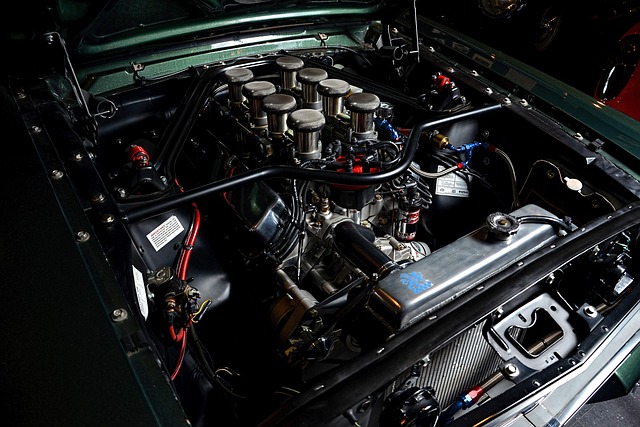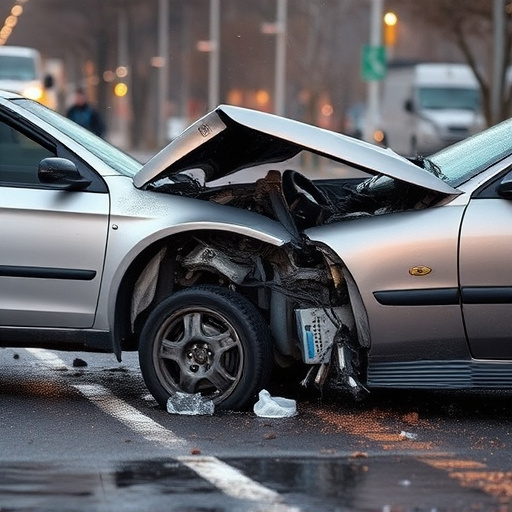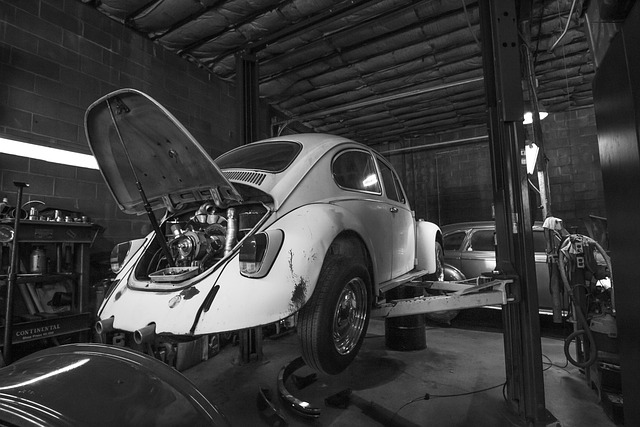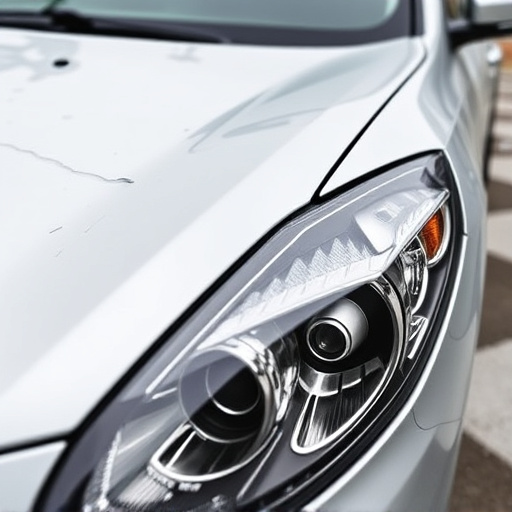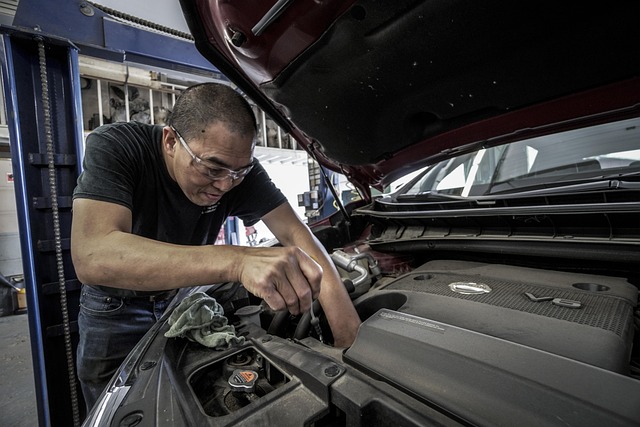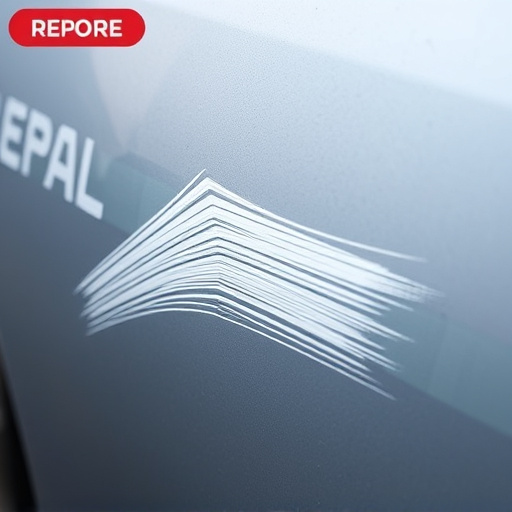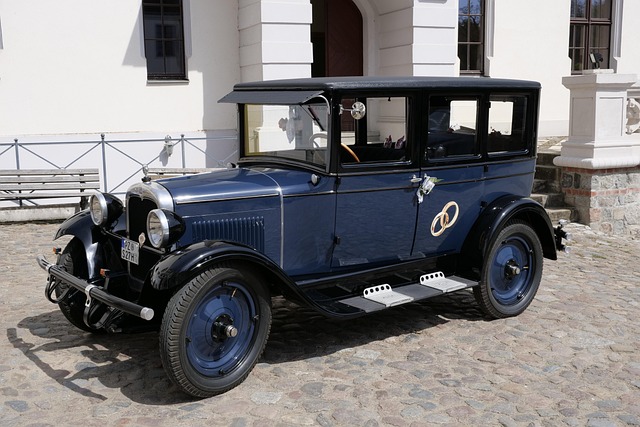Mercedes light sensors, placed near headlights, adjust lighting based on ambient conditions to enhance safety and visibility. After Mercedes light package repair, recalibration ensures optimal sensor performance, crucial for vehicle's signature safety features. Calibration involves using genuine parts, locating connectors, inspecting & cleaning sensors, running calibration routines, testing driving, and seeking expert help if needed.
After a Mercedes light package repair, calibrating your vehicle’s light sensors is crucial for optimal illumination and safety. This guide breaks down the process into manageable steps, ensuring you understand the function and location of these sensors first. We’ll then walk you through preparing with necessary tools and safety precautions, followed by a step-by-step calibration process to restore your Mercedes’ lights to their best performance.
- Understanding Mercedes Light Sensors: Function and Location
- Preparing for Calibration: Tools and Safety Precautions
- Step-by-Step Calibration Process: Restoring Optimal Performance
Understanding Mercedes Light Sensors: Function and Location
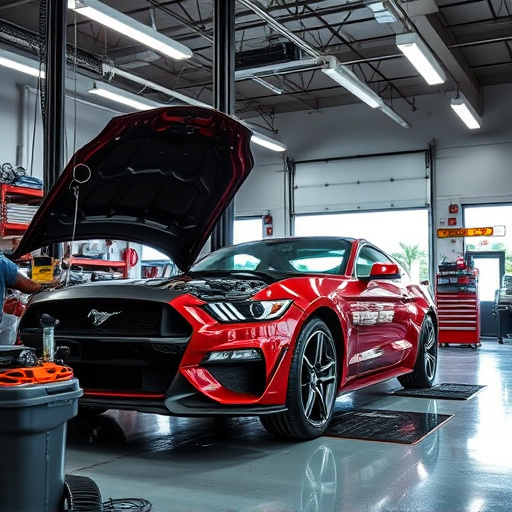
Mercedes light sensors are an integral part of modern automotive technology, playing a crucial role in enhancing safety and visibility. These sensors are strategically placed around the vehicle to detect ambient lighting conditions, ensuring the appropriate headlight intensity for optimal driving experience. In Mercedes vehicles, they are commonly found near the headlights, often integrated into the front bumper or grille assembly. Their primary function is to regulate the brightness of the headlights, automatically adjusting to match surrounding light levels. This feature not only conserves energy but also prevents blind spots for other drivers.
After a Mercedes light package repair or any related service, it’s essential to recalibrate these sensors for accurate performance. Calibration ensures that the vehicle’s lighting system functions as designed, offering the right balance of brightness and sensitivity. Moreover, understanding the location of these sensors is vital for anyone seeking vehicle repair services or car bodywork services, as they might be involved in post-repair adjustments to maintain the Mercedes’ signature safety features.
Preparing for Calibration: Tools and Safety Precautions
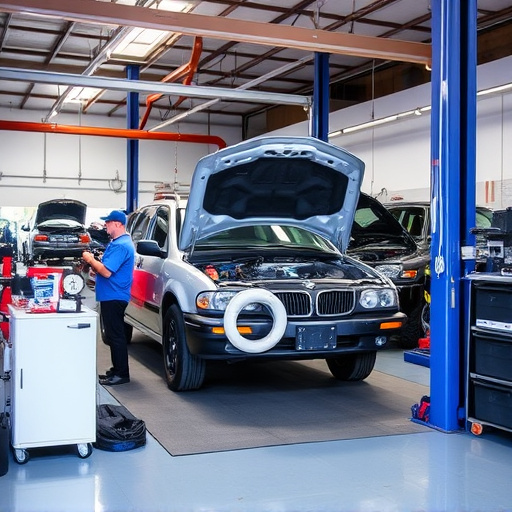
Before you begin calibrating your Mercedes light sensors, it’s crucial to prepare and gather all necessary tools and ensure a safe workspace. This process requires precision and attention to detail, so having the right equipment is essential. You’ll need specialized tools designed for Mercedes light package repair, including sensor calibration equipment and diagnostic software. Additionally, consider wearing protective gear such as gloves and safety glasses to avoid any potential hazards.
The vehicle’s environment should be clean and free from debris or contaminants that could interfere with the sensors’ performance. If your car has undergone a frame straightening or auto body shop repair recently, ensure the area is thoroughly cleaned to prevent any residual dust or grime affecting the calibration process. A well-prepared and safe workspace will not only enhance accuracy but also guarantee efficient completion of the light sensor calibration task.
Step-by-Step Calibration Process: Restoring Optimal Performance
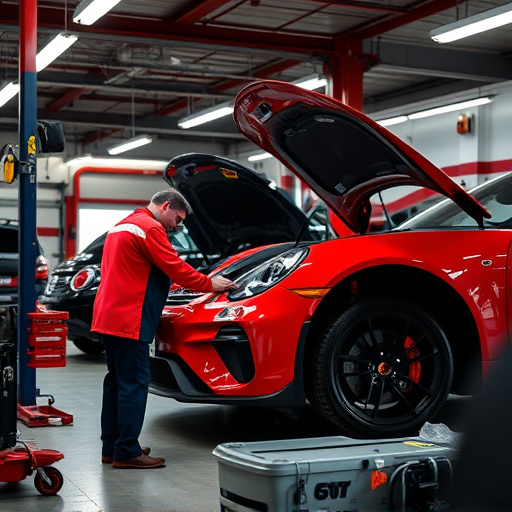
After a Mercedes light package repair, calibrating the sensors is crucial for restoring optimal performance. This step-by-step process involves several key actions. First, ensure all replacement parts are genuine Mercedes-Benz components to guarantee compatibility and quality. Next, locate the sensor connectors using the vehicle’s service manual; these are often under the hood or within the headlights. Using specialized tools, carefully disconnect each sensor from its connector, taking note of their unique positions. Once removed, inspect the sensors for any signs of damage or debris; a scratch repair might be necessary to ensure a clean connection.
After cleaning, reinsert the sensors into their respective connectors and tighten them securely. Then, power up the vehicle and access the onboard diagnostics system. The process involves running specific calibration routines, which may vary depending on the model year and vehicle type. Follow the manufacturer’s guidelines closely; an auto body shop technician can provide expert assistance if needed. Finally, test drive the vehicle to ensure the headlights and taillights are functioning at their best, confirming that the sensors have been calibrated accurately.
After repairing or replacing a Mercedes light sensor, it’s crucial to accurately calibrate them for optimal performance. This process ensures your vehicle’s lights function correctly and safely on the road. By understanding the location of these sensors, gathering the necessary tools, and following a precise step-by-step calibration process, you can restore the efficiency of your Mercedes light package repair. Remember, proper calibration is key to enhancing visibility and ensuring the safety of both you and other drivers.
